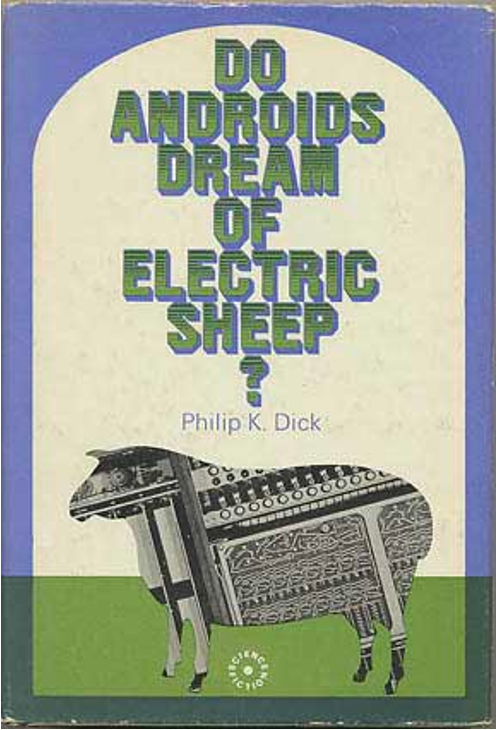In Literary animal studies and the climate crisis, ed. Sune Borkfelt and Mattias Stephan, 229-243 (Palgrave Macmillian, 2022)
Philip K. Dick’s Do Androids Dream of Electric Sheep? (1968) is often understood as commentary on what it means to be human contra android. Less work has been done on animals in the novel, probably because the animal aspect was downplayed significantly in the movie version Blade Runner (1982), an entrance point for many scholars. Ecocriticism scholar Ursula Heise is one of the few who have focused on the novel’s animals, concluding that Dick demonstrates acceptance of ‘technological simulation of animal life’ to fulfil organic functions. In this chapter, I build off Heise’s assertion by looking more closely at the central narrative of animal extinction in the novel and how robotic replacements are part of a deextinction process. In the backstory, the religious figure Wilbur Mercer was punished because he could “bring dead animals back as they had been” before after-war contamination by dust caused their extinction. Mercer’s mystical resurrection was dependent on extinct animal resurrection. It is no wonder then that humans, following the teachings of Mercer, worked hard to re-fill the world with animals. Yet since many organic animals were extinct, robotic animals became their replacements. I read the electric replacements as attempts to deextinct species through technological means that blur the boundary between natural and artificial. Then I apply my analysis of Dick’s writing to the contemporary development of robotic bees in the face of predicted bee extinctions. The Wyss Institute at Harvard University first introduced RoboBees in 2013, and in March 2018, the American company Walmart filed a US patent for ‘Systems and methods for pollinated crops via unmanned vehicles’ using small flying devices as pollinators. The novel helps explain both the rationale behind these developments and how the natural-artificial boundary is made meaningless through them.
Link to the chapter ($)

